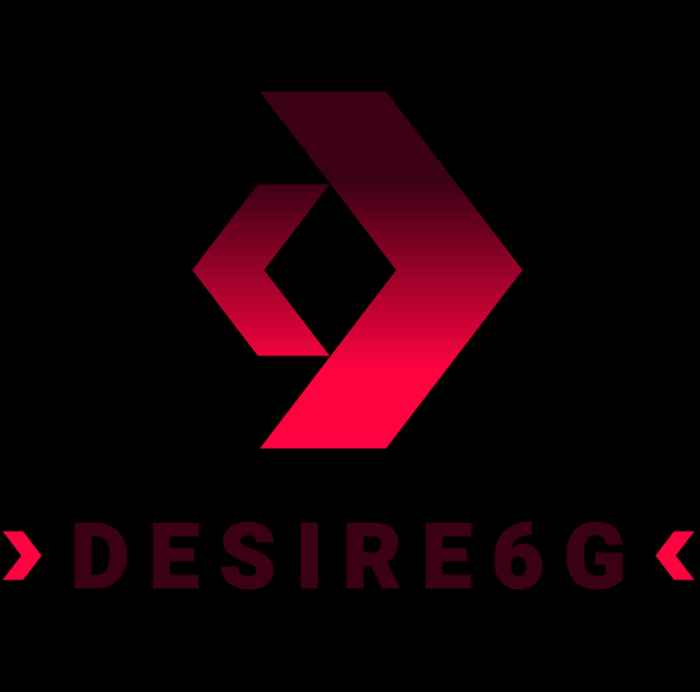UvA-led European project aims to lay foundations for 6G network architecture
30 March 2023

The Informatics Institute of UvA is leading the DESIRE6G project and assistant professor Chrysa Papagianni of the Multiscale Networked Systems (MNS) group is the project coordinator. As a result, the MNS group, led by Paola Grosso, gets a budget of €700.00 for coordination and research activities.
Although a 5G mobile network is expected to be rolled out across all urban areas by 2025, the world is already thinking about its successor: a sixth-generation or 6G-network to be rolled out in early 2030s. With momentum building up for developing 6G, the European Union takes the lead in defining the architecture of the 6G-network.
Public-Private Partnership
Specifically, the European Smart Networks and Services Joint Undertaking (SNS JU) Public-Private Partnership has just awarded a budget of six million euros for a three-year research project (2023-2025) that will develop ideas for the system architecture of a 6G network: Deep Programmability and Secure Distributed Intelligence for Real-Time End-to-End 6G Networks (DESIRE6G). DESIRE6G involves a total of fifteen European partners, including big companies like Ericsson, NVIDIA, Telefonica and NEC, some small and medium enterprises, as well as academic partners.
I find it really important that EU takes a leading role in mobile communication technologies and I am happy to see the UvA play such a prominent role in these developments.Chrysa Papagianni , project leader DESIRE6G
Why is a 6G-network needed if the 5G-network hasn't even been rolled out? Papagianni: '6G networks should not only meet the performance requirements where 5G systems fall short, but also create new technologies and transform further the existing business models and roles in the mobile networks ecosystem.'
6G use cases
Examples of 6G use cases include intelligent collaborative robots (cobots) working in factories, massive digital twins (extending the industrial digital twin concept introduced by 5G and expanding it to all fields of society like transportation, logistics or digital health), and telepresence within a fully merged cyber-physical world. In such a world users can interact with digital replicas of other humans or objects in real time using multi-sensory interactions (for example touch or smell experiences) with powerful virtual reality (VR) and augmented reality (AR) systems.
6G is expected to reach a peak data transfer rate of about 1 terabit per second, sub-millisecond latency, and traffic capacity a hundred times higher compared to 5G, supporting up to ten million devices per square kilometer. In terms of the radio frequency that will be used, 6G most likely will continue the trend of using higher and higher carrier frequencies beyond the millimeter waves to the terahertz band.
Extreme performance requirements
'In the three years that the project will run, we can lay the foundations for 6G', says Papagianni. 'A few concepts are fundamental to our design. First of all, we want to make the network fully automated and optimize its performance with artificial intelligence at every level in the 6G system architecture. We facilitate deep programmability of the 6G network to meet extreme performance requirements and increase flexibility and reusability of the infrastructure. Moreover, we integrate security by design and the architecture is optimized for deployment in cloud environments.'
By the end of 2025 selected proofs of concept will be shown in the context of two representative 6G use cases: mixed reality and digital twin industrial applications. One demonstrator will involve the digital twins of industrial robotics applications while the second demonstrator will employ a factory maintenance application, where multiple video streams rendered by unmanned aerial vehicles will be processed and delivered to a augmented reality or virtual reality headset.
'Both for the Netherlands as a whole and for UvA in particular it is very important to be at the forefront of the 6G research and pre-standardization process', says Papagianni. 'The EU identifies the development of Europe-based 6G infrastructures and solutions as key to secure European sovereignty in critical technologies. I find it really important that EU takes a leading role in mobile communication technologies and am happy to see the UvA play such a prominent role in these developments.'